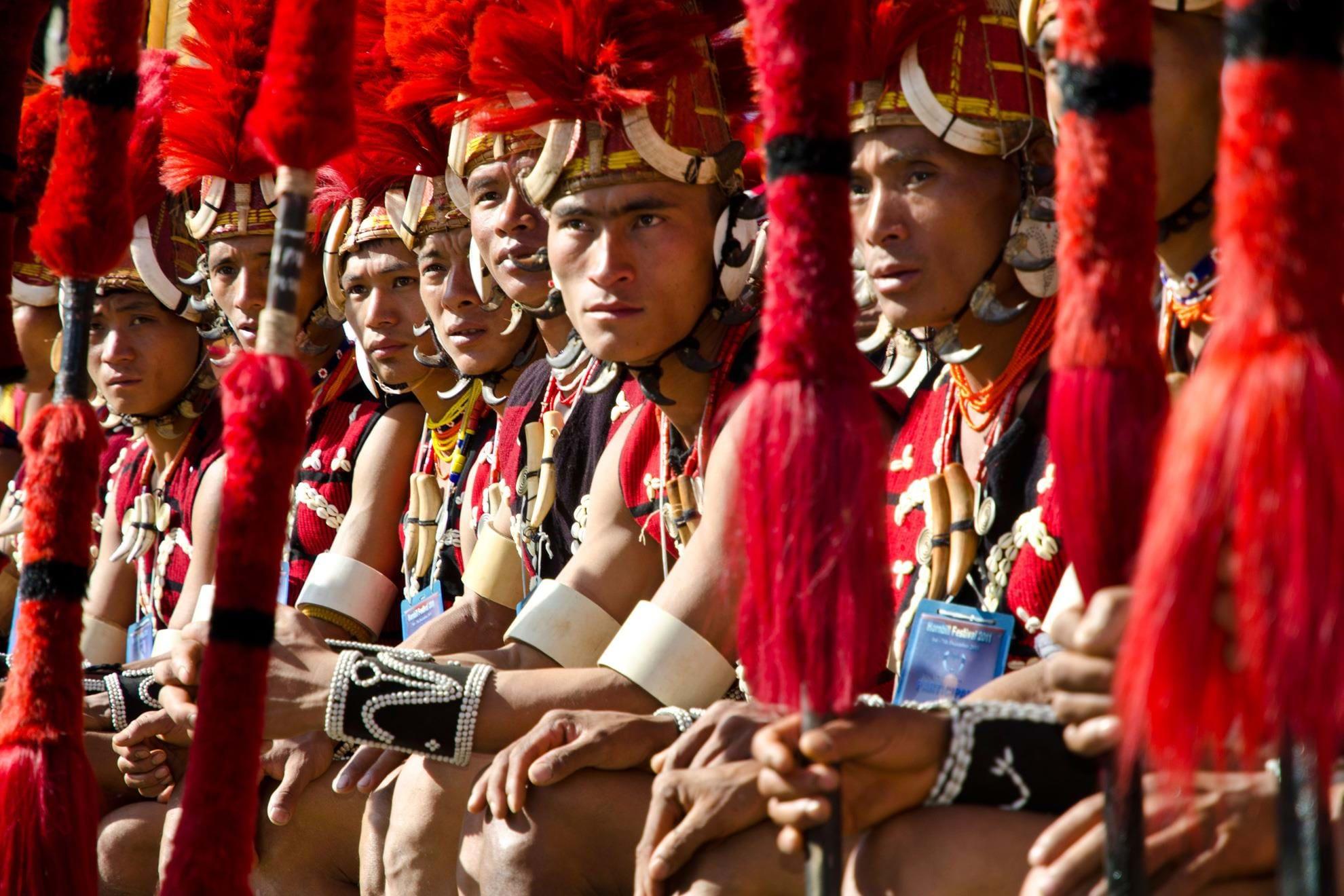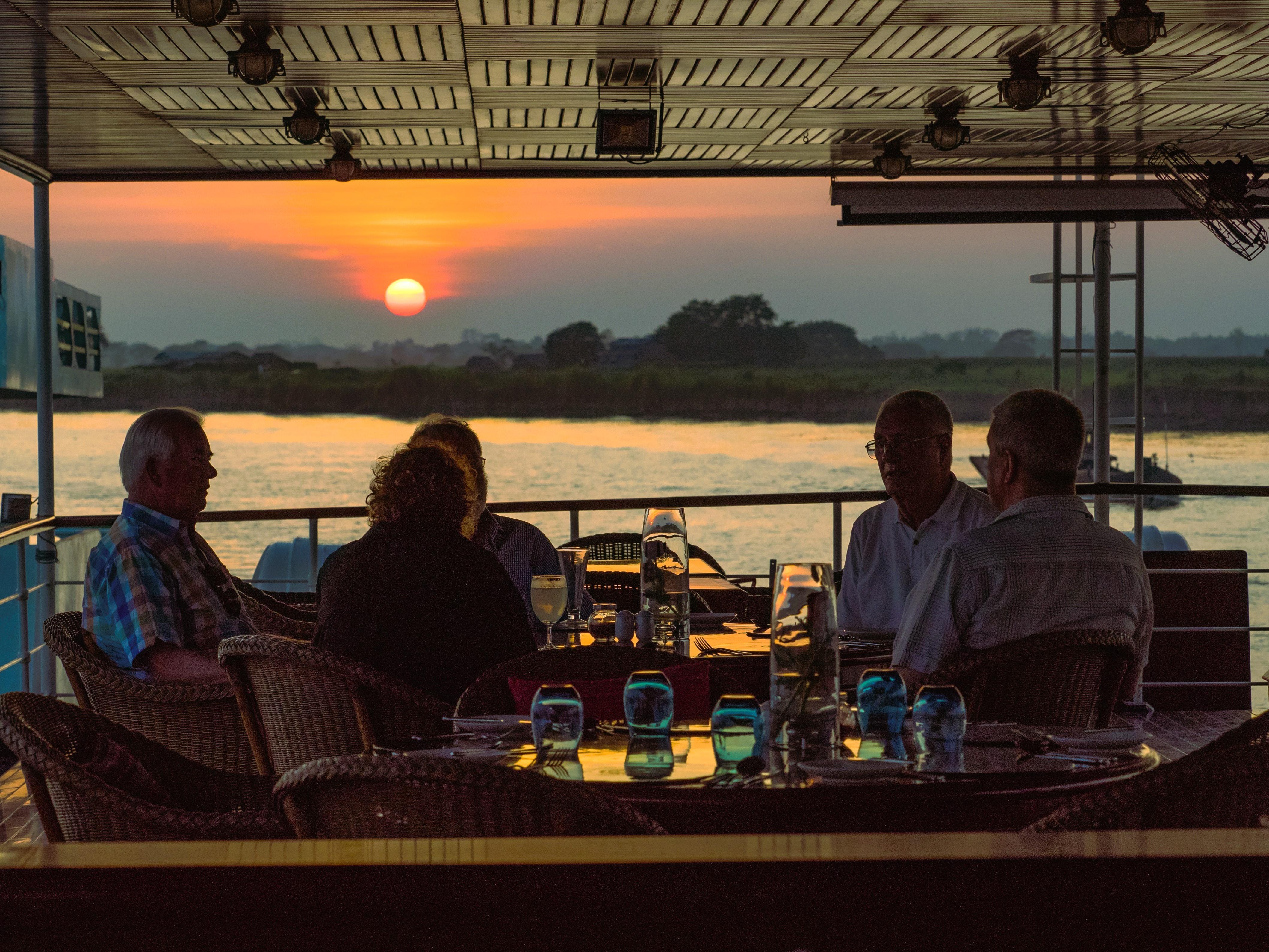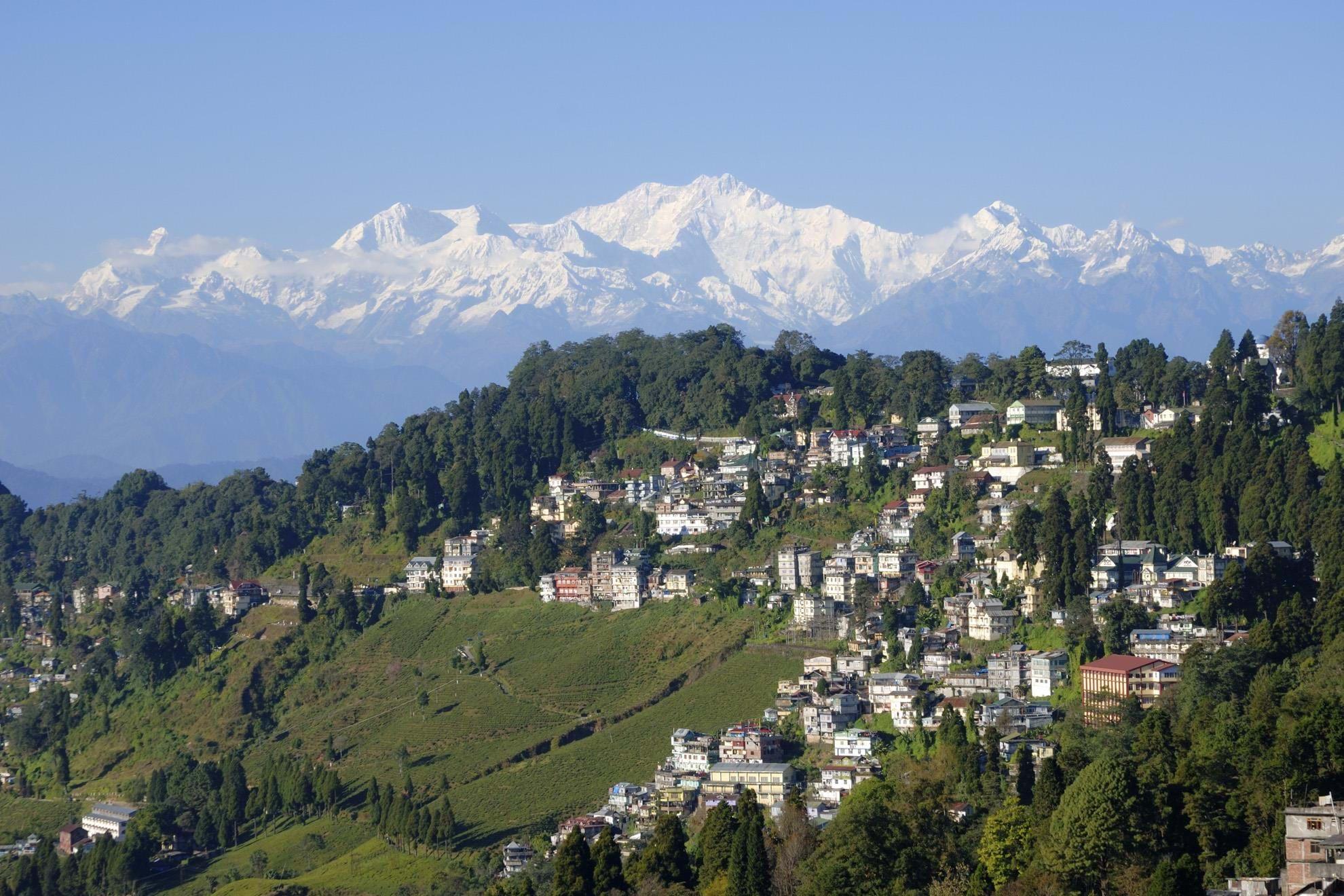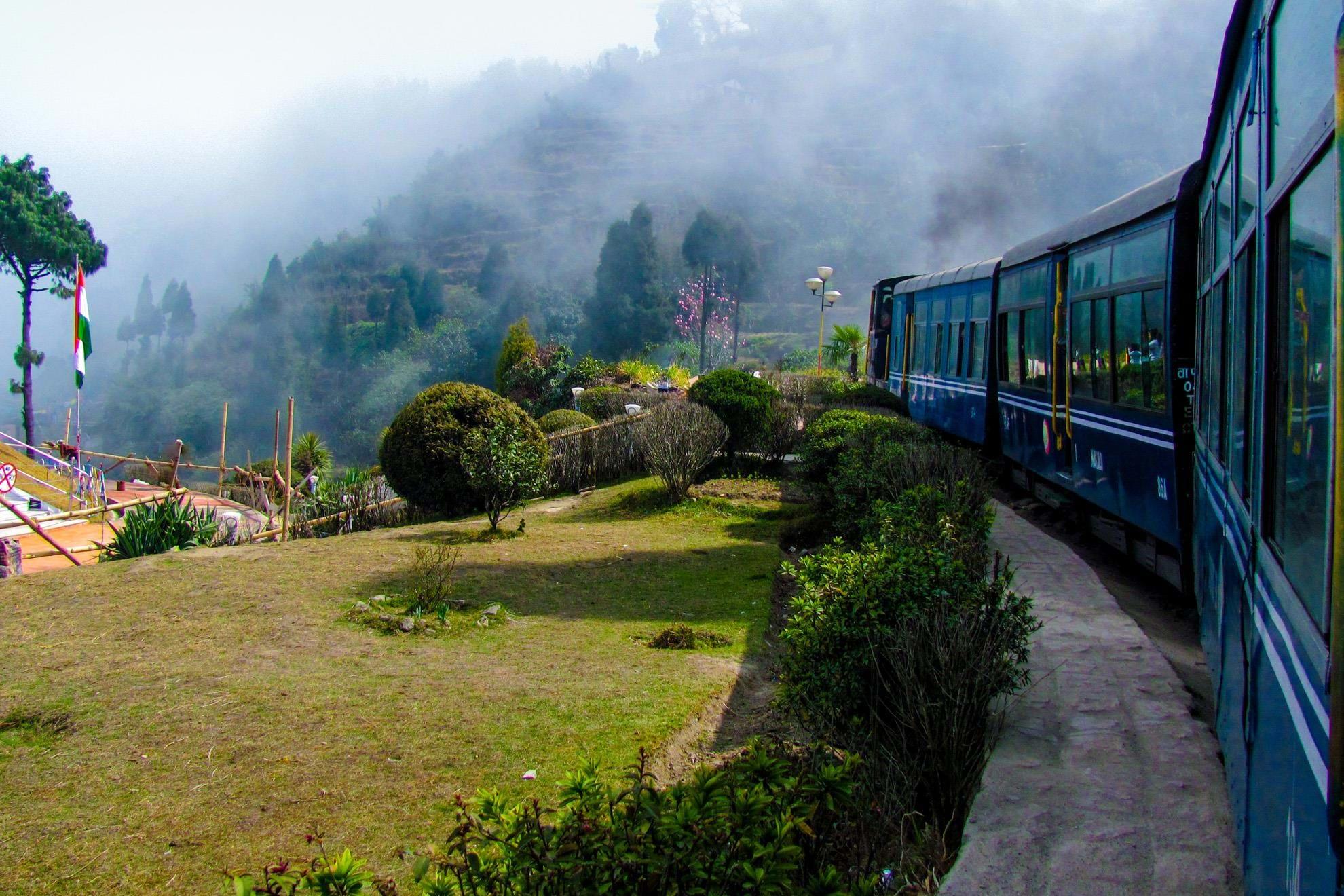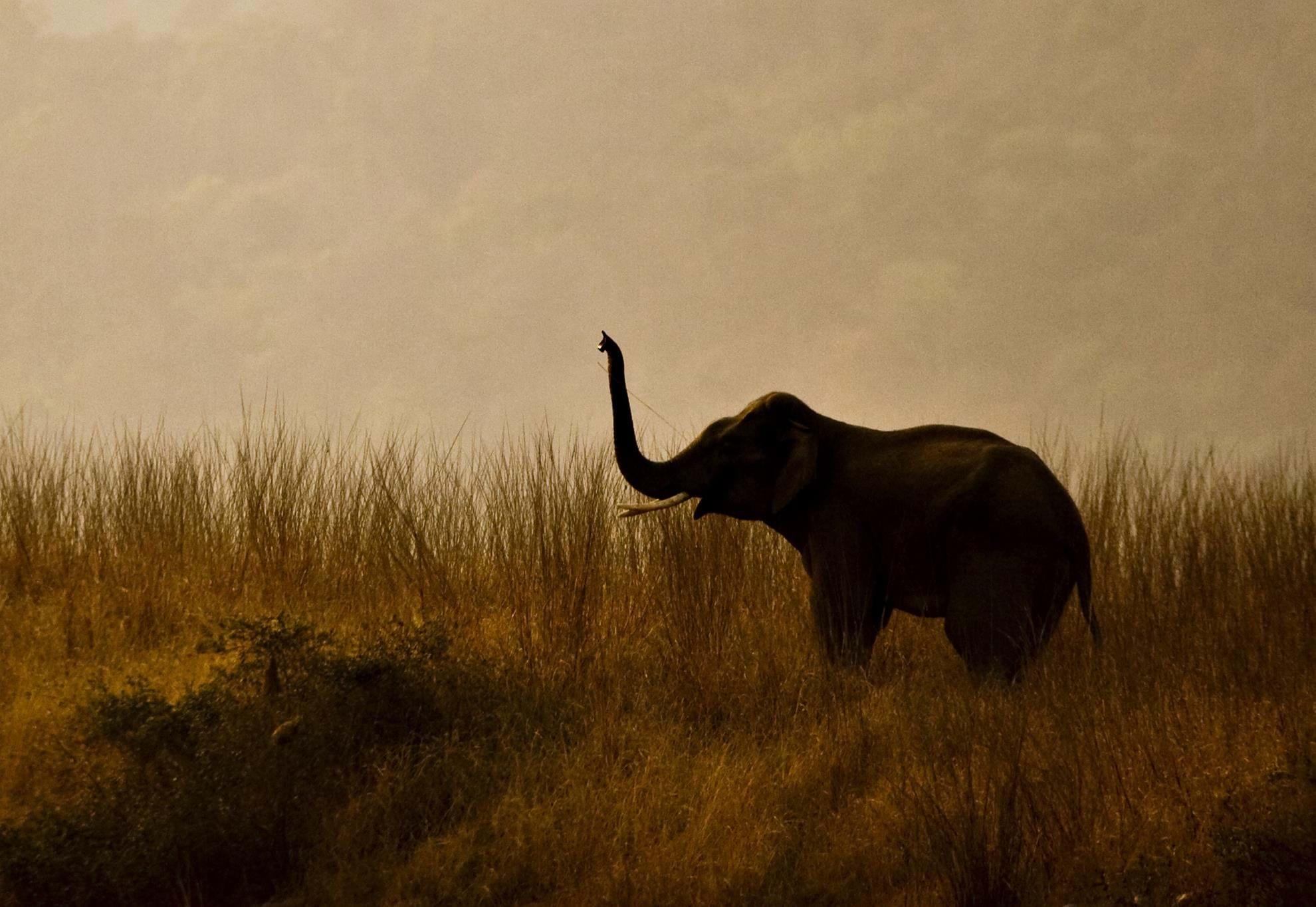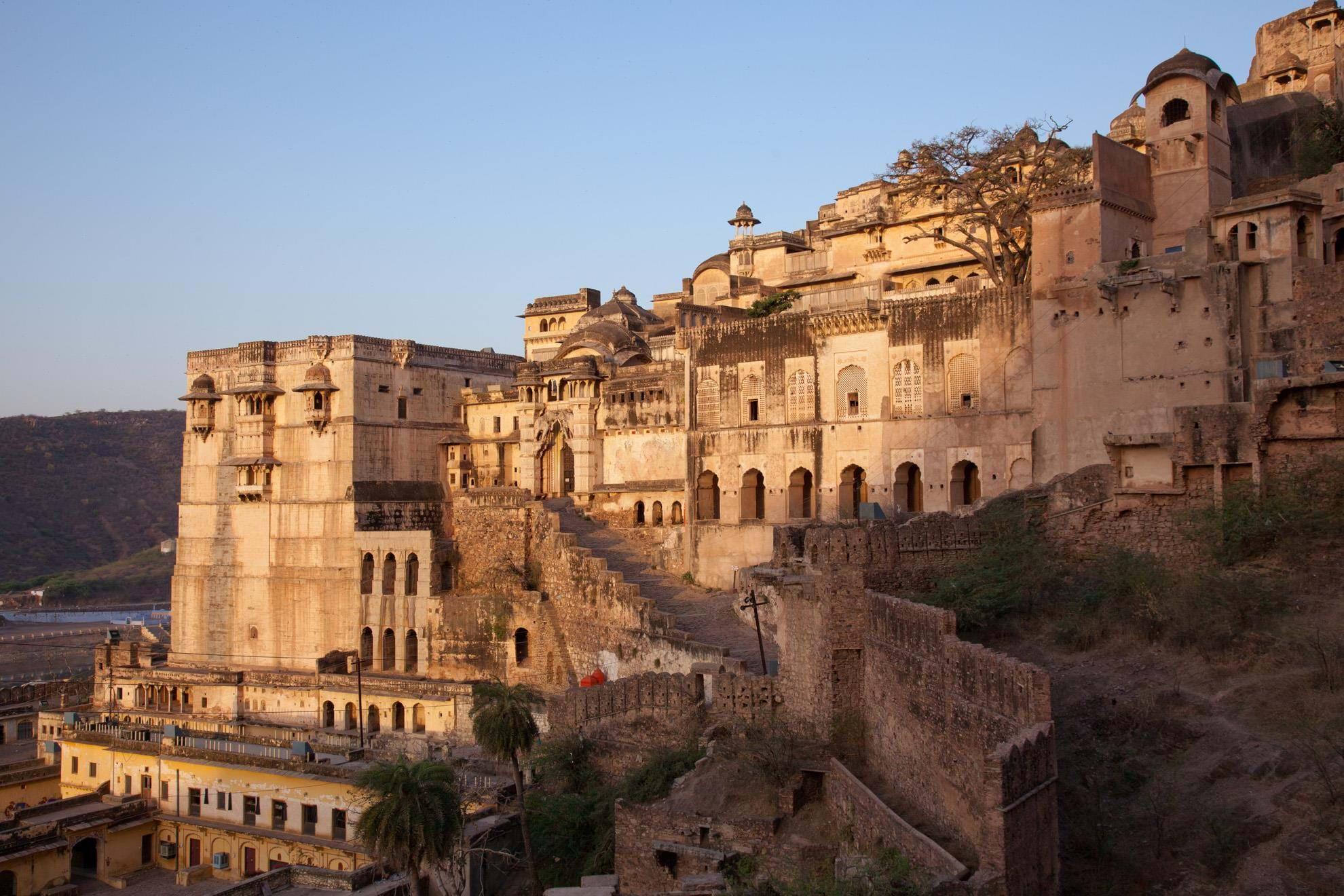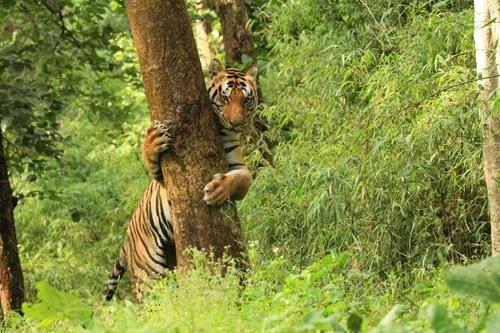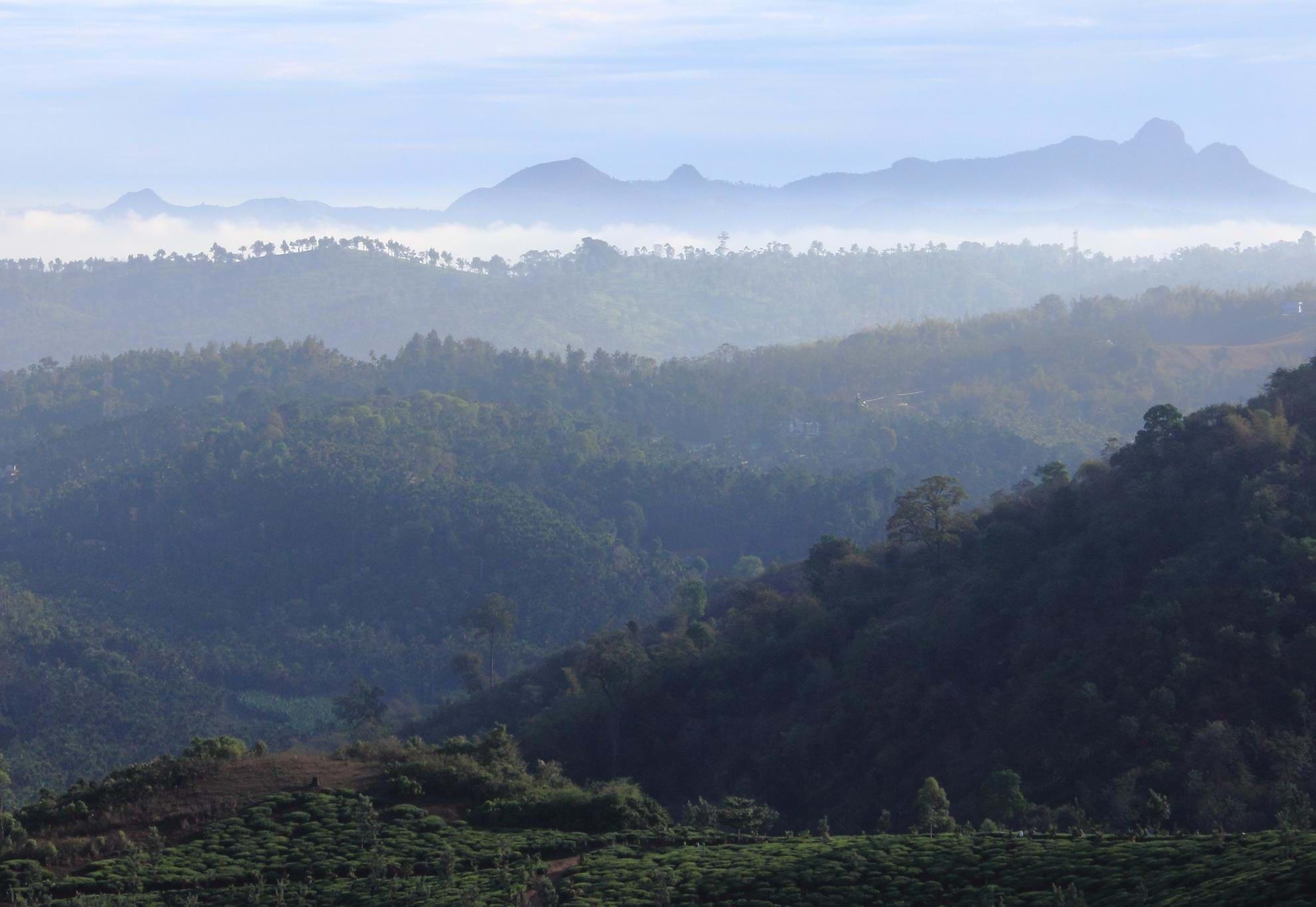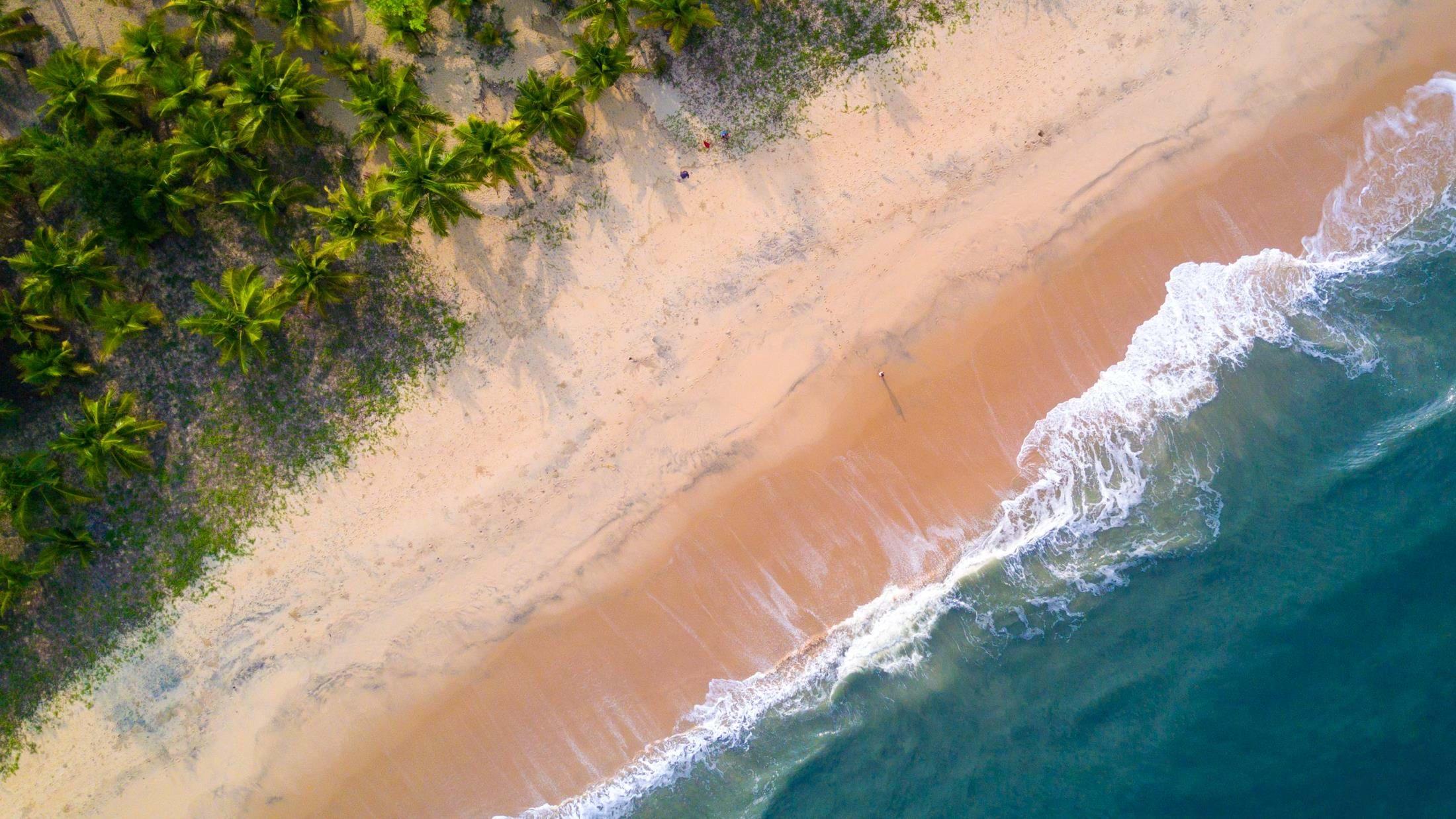India 07.12.2024 Updated: Transindus
Counted among the Top 10 Biodiverse places on Earth, India is home to no less than 18 biospheres, 12 of which are UNESCO-listed. Spreading from the ice-cold deserts of the majestic Himalayas in the north through forests, lakes, marshes, and dunes of the Thar desert to the tropical rainforest and lush forests of the Nilgiris hills in the south. The mangroves and swamps along the extensive coastline add significantly to the range of ecosystems available for a rich diversity of flora and fauna to thrive. Some 106 National Parks and 573 sanctuaries protect and monitor the delicate integrity of these habitats.
India is a compelling destination for wildlife enthusiasts, home to nearly 500 mammals, more than 1,300 species of birds, and countless species of amphibians, reptiles, insects, and marine animals. Wildlife experiences here are carefully monitored by the National Park authorities and characterised by slow, steady, patient, and purposeful explorations of serene and protected environments. Except for a handful of parks that have gained popularity with day visitors, wildlife viewing in India is second to none.
TransIndus' wildlife experiences at the National Parks celebrate the idea of slow travel. They allow travellers time to relax, absorb their surroundings, mingle with local people, and enable the environment to reveal itself. A range of luxury lodges and camps ensures a comfortable stay.
1. Nanda Devi Biosphere Reserve
In Uttarakhand, the Nanda Devi Biosphere Reserve encompasses alpine meadows, temperate forests, and glaciers. The climate is cold, with heavy snowfall in winters and cool summers. Human habitation is minimal, including Indigenous Bhotiya communities, who practice transhumance, move livestock seasonally, and engage in traditional agriculture, preserving the fragile alpine ecosystem.
- Prominent wildlife: Snow leopard, Himalayan black bear, musk deer, alpine flora
- Best time to travel: May to October
2. Manas Biosphere Reserve
In Assam, the Manas Biosphere Reserve comprises tropical forests, grasslands, and wetlands. The climate is subtropical, with cool winters, hot summers, and heavy monsoon rains. Human habitation is moderate, including Indigenous Bodo communities, who engage in sustainable agriculture, fishing, and forest resource use, contributing to biodiversity conservation.
- Prominent wildlife: Tigers, elephants, Indian rhinoceros, pygmy hog, golden langur
- Best time to travel: November to April
3. Khangchendzonga Biosphere Reserve
The Khangchendzonga Biosphere Reserve is in Sikkim and comprises alpine forests, glaciers, and meadows. The climate is cold, with heavy snowfall in winters and cool summers. Human habitation is limited, including Indigenous Lepcha and Bhutia communities, which engage in sustainable agriculture, pastoralism, and herbal medicine and maintain a deep connection with nature.
- Prominent wildlife: Snow leopard, red panda, Himalayan black bear, various bird species
- Best time to travel: March to May, September to November
4. Cold Desert Biosphere Reserve
Located in Himachal Pradesh, the Cold Desert Biosphere Reserve includes cold deserts, alpine meadows, and high-altitude forests. The climate is extremely cold, with harsh winters and short, mild summers. Human habitation is minimal, including Indigenous Spiti and Lahauli communities, which practice transhumance, subsistence farming, and herbal medicine, adapting to the harsh environment sustainably.
- Prominent wildlife: Snow leopard, ibex, Tibetan gazelle, various plant species
- Best time to travel: May to October
5. Sundarbans Biosphere Reserve
The Sundarbans Biosphere Reserve features West Bengal and Bangladesh's mangrove forests and tidal waterways. The tropical climate has high humidity, heavy monsoon rains, and mild winters. It has significant human habitation, including Indigenous Munda and Oraon communities, who rely on fishing, honey collection, and crab harvesting, often working with conservation projects to protect the mangroves and wildlife.
- Prominent wildlife: Bengal tiger, saltwater crocodile, various bird species
- Best time to travel: October to March
6. Great Nicobar Biosphere Reserve
The Great Nicobar Biosphere Reserve consists of tropical rainforests and coastal ecosystems of the Andaman and Nicobar Islands. The climate is tropical, with heavy rainfall, high humidity, and warm temperatures year-round. Human habitation is limited, including that of Indigenous Nicobarese and Shompens, who practice shifting cultivation, hunting, and gathering, maintaining traditional ecological knowledge to sustain their environment.
- Prominent wildlife: Nicobar megapode, saltwater crocodile, Nicobar pigeon, leatherback turtle
- Best time to travel: November to April
7. Simlipal Biosphere Reserve
The Simlipal Biosphere Reserve is in Odisha and includes dense forests, grasslands, and waterfalls. The climate is tropical, with hot summers, mild winters, and significant monsoon rainfall. It has substantial human habitation, including Indigenous Santhals and Ho communities, who practice traditional agriculture, forest gathering, and herbal medicine, playing a crucial role in biodiversity conservation.
- Prominent wildlife: Tigers, elephants, gaur, various bird species
- Best time to travel: November to June
8. Panna Biosphere Reserve
The Panna Biosphere Reserve comprises tropical forests, grasslands, and riverine habitats in Madhya Pradesh. The climate is subtropical, with hot summers, cool winters, and significant monsoon rainfall. Human habitation is moderate, including indigenous Gond and Baiga communities. These communities engage in traditional farming, forest gathering, and herbal medicine, contributing to the conservation of biodiversity.
- Prominent wildlife: Tigers, leopards, gharial, various bird species
- Best time to travel: November to March.
9. Pachmarhi Biosphere Reserve
The Pachmarhi Biosphere Reserve comprises tropical forests, grasslands, and waterfalls in Madhya Pradesh. The climate is subtropical, with cool winters, hot summers, and moderate monsoon rains. Human habitation is present, including Indigenous Gond and Korku communities, who engage in traditional farming, forest gathering, and herbal medicine, maintaining a balanced relationship with nature.
- Prominent wildlife: Tigers, leopards, bison, various plant species
- Best time to travel: October to June
10. Nilgiri Biosphere Reserve
Located in the Western Ghats, spanning Tamil Nadu, Kerala, and Karnataka, the Nilgiri Biosphere Reserve features tropical forests, grasslands, and high-altitude sholas. The climate ranges from tropical to subtropical, with moderate temperatures and heavy monsoon rains. It has significant human habitation, including Indigenous communities like the Todas and Kotas, who practice traditional agriculture, pastoralism, and forest resource management, maintaining a symbiotic relationship with the environment.
- Prominent wildlife: Nilgiri tahr, elephants, tigers, leopards, various bird species
- Best time to travel: October to June

